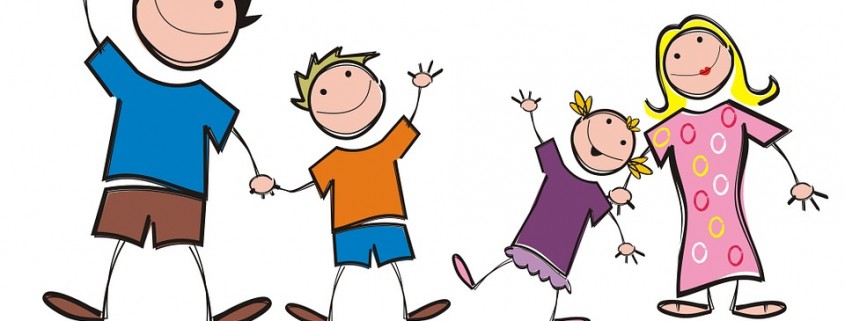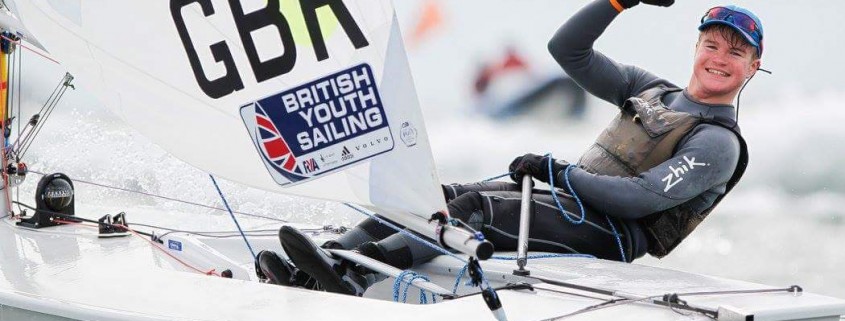A child’s physiology and anatomy is different in many ways from an adult. Here are 10 differences:
A child’s physiology and anatomy is different in many ways from an adult. Here are 10 differences:
1) When a baby is born there are still gaps in the bones of the skull. The shape of the head can therefore be altered by constant pressure on it especially if the baby is always lying the same way in a cot.
Vitamin K and clotting factors are less in a newborn. Newborns are often given a vitamin K injection straight after birth.
2) The nerve endings in the retinas are not fully developed so blurred images and shapes are seen in the first few weeks of a baby’s life. A baby will generally only start to smile at you when he clearly sees you smiling. This may take a couple of weeks.
3) At birth a baby has approximately 300 bones. They are formed mainly by a soft, flexible material called cartilage. As a child grows the cartilage is replaced by bone and some bones fuse together. By adulthood (approximately 25 years of age) there are only 206 bones in the body. Being active and having a healthy diet assists with this process. At the same time however when playing certain sports, protective equipment should be used. For example:
A helmet during bike and horse riding, skateboarding and rock climbing.
Wrist supports, elbow and knee pads as falling is a possibility.
Shin guards for hockey and football.
4) Children have proportionately a larger body surface area than adults. They can lose heat quicker. Their heads are proportionately larger than an adult, and as most heat is lost through the head, it is more important that a child wears a hat in cold weather. It is also one of the reasons that a new born baby is given a hat to wear.
Babies and infants also have a small amount of subcutaneous fat. They do not have the same ability as adults to sweat and shiver. Young children are therefore heavily dependent on adults to control their body temperature.
5) This also works in the opposite way. A child can be prone to overheating and dehydration in a warm climate. Water absorption in the alimentary canal is also reduced. When on hot summer holidays always make sure your child has enough water to drink. Try to encouraging them to drink more than normal. By the time they feel thirsty, dehydration has begun.
6) Children have much smaller airways but a larger tongue .This increases the chance of respiratory difficulties
For the first 6 months a child will tend to breathe through their nose. This can make a cold and a blocked nose very dangerous.
Tonsils and adenoids grow very quickly in children. Infection here can cause swelling and can restrict the movement of air in the smaller trachea, making the condition of tonsillitis very dangerous.
7) Very young babies can’t cry as the gland responsible for tears (lacrimal gland) has not properly developed.
8) The metabolic rate of a baby is far greater than an adult therefor so is the production of Carbon dioxide.
9) The breathing rates, for age, are on average (per minute):
babies- 30- 40
toddlers 20-40
young children 20-30
older children 15- 20
Adults 10-15
10) The heart rate of a baby is much greater than that of an adult, whereas their systolic blood pressure is very low compared to their parents. As a child grows the heart rate gets slower and the systolic blood pressure rises. A boy’s heart rate is generally slower than a girl’s, and this is pattern is shown throughout all ages.
Here is a summary of the average measurements
beats per minute systolic measurement
Under 1 year – 120 85-105
2 years 110 95-105
4 years 100 95-110
8 years 90 95-100
10 years 90 100-120
14 years 80 110-130
16 years 75 110-130
adult 72 110-130


